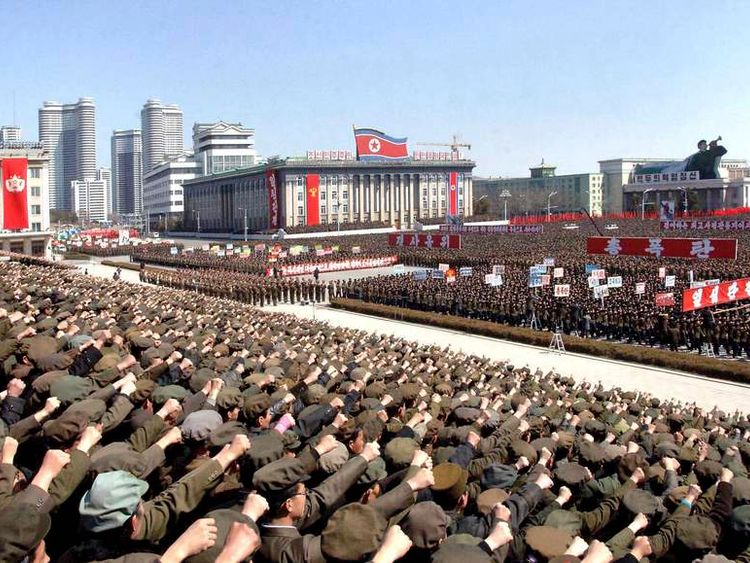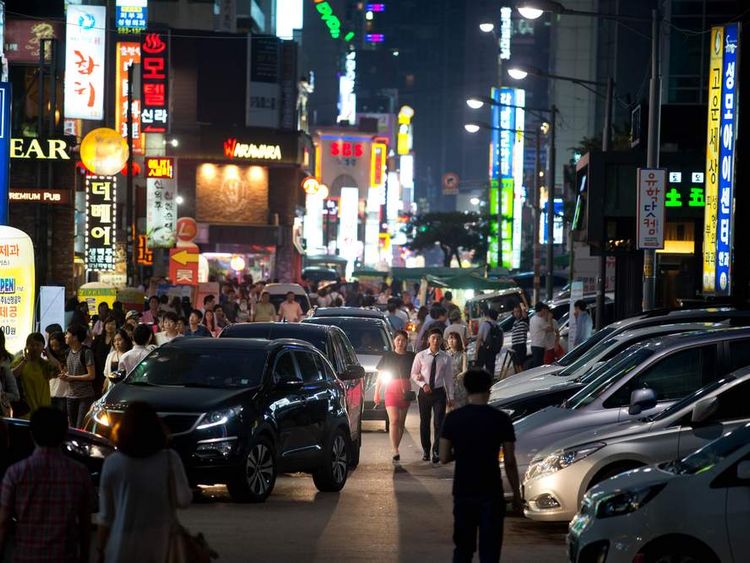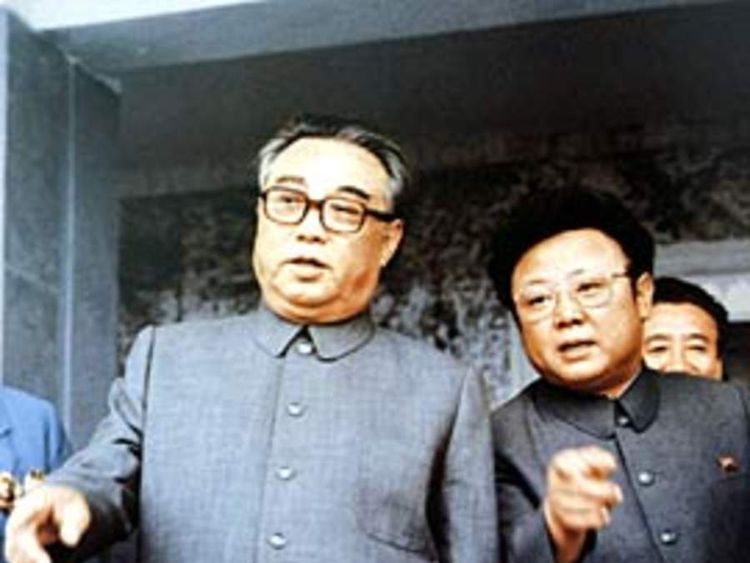North And South Korea: A Quick History
The devastating Korean War left more than a million dead and tensions between the two neighbours continue to simmer.
Thursday 25 July 2013, 13:48, UK, http://news.sky.com/story/nort...ick-history-10439208
 A shared language and ancestors but the two Koreas are worlds apart
A shared language and ancestors but the two Koreas are worlds apart
[[QUOTE]]
From 1910 until the end of World War Two, the Korean Peninsula was Japanese territory.
With Japan's defeat, America and the Soviet Union took control of the peninsula.
They decided to split it in two: America didn't want the communist administration in Moscow to control the whole thing. Moscow felt the same about total American control.
And an agreement was reached between Washington and Moscow and an arbitrary line was simply drawn across the middle.
[[UNQUOTE]]





